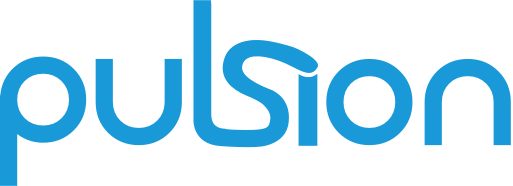There are several stages to custom software development. From creating your idea to the finished product, there are steps to be followed to help ensure a successful project.
The stages of custom software development are:
- Project initiation & discovery
- Requirements gathering
- Requirements document and wireframes
- Design
- Development
- Testing
- Deployment
- Maintenance
Project Initiation & Discovery
A project may be initiated based on a clear idea you want to create. It could be a rough idea of what you want. Or it could be that you know what the result you want (e.g., reduced costs, specific functionality, etc.) but you don’t have a product in mind to achieve it.
At the start of the project, you must consider what it is you want to achieve. Focus groups within your business or with customers could help you understand what would be useful to people and any pain points they have. Once you understand what you want to achieve, you can then look at how you are going to achieve it.
You may already have an idea of what custom software you want to create, or you may not know what the solution is. Undertaking a discovery phase with a software development company allows you to explore your needs and the solutions available.
Every project starts with a discovery phase. We offer three levels of discovery phase so that you can choose what works best for you.
Requirements Gathering
Once you know what you want to create, it is time to dig into the specifics. Every aspect of your system should be considered, what does the system need to do, how, what permissions do user types have, what is the predicted user numbers, etc. The end result of the requirements gathering process is a requirements document.
Requirements Document and Wireframes
A requirements document lays out all this information clearly and concisely. This is a very important step as a thorough requirements process will highlight any assumptions that have been made. It also gives all the actors involved, on both the client and software development company sides, a clear and joint understanding of the system that is to be created.
Wireframes also aid with a consistent understanding throughout the team involved. Wireframes are a visual outline of your system. They show the different screens of your system – such as a home page, profile page, and schedule page – and the features and capabilities of these pages and how the system hangs together. They do not show the design of the system, this comes next.
Requiment is a tool for requirements gathering. It guides you through the requirements gathering process, so you consider all aspects of the software you are creating. Once completed, you will have a requirements document as well as wireframes of your system. Click here to learn more about Requiment’s features.
Design
The design is basically an artistic development of the wireframes. The design shows the colours, fonts, placements, and other user experience considerations. This is where the system will take into account your brand and how the system should represent it.
Development
With the requirements agreed and design in hand it is time to start development. If following an agile methodology, the development will take the form of sprints. Sprints typically consist of one or two week cycles of development where work is decided at the start of the sprint and then reviewed at the end. This form of project management has a more flexible approach as changes can be made throughout due to the short development cycles. Alternatively, you could use a waterfall methodology where work is planned out from the start. This approach is more controlled, with development being mapped out, meaning less movement and change.
We have a blog that covers waterfall and agile in more depth and considers which is better for software development.
Testing
Throughout the development process developers will test the system, but an important milestone is user acceptance testing (UAT). This could be testing at the end of the development or could happen throughout the development, for example testing new functionalities at the end of each sprint. In either case, UAT is where the client gets to test the application themselves. They will then have a chance to give feedback to the development team. This may be minor style changes or whole functionality changes, particularly if the requirements gathering was not thorough enough. Significant changes will likely be considered a change request, where the client will be charged to make changes to the system that alter it from the agreed to requirements document and designs.
Deployment
Once the system has passed through testing and any changes have been made it is time to deploy the system. The system will now be being used by the real intended users in the live environment.
Maintenance
A system will need maintenance to remain functional. Whether it is bugs that show up at a later date, or system requirements change such as growing number of users, systems require maintenance. Use of the system may also uncover further development that would be beneficial, in which case a new discovery phase can be launched to start the development process again.
Conclusion
The stages of the custom software development process will differ between businesses. Particularly as some development companies follow the agile methodology, others the waterfall methodology, or, like us here at Pulsion, a combination of the methodologies to use the best aspects from both.
If you have a custom software development project you are looking to complete, then we’re more than happy to work with you. Contact us to start the conversation.




